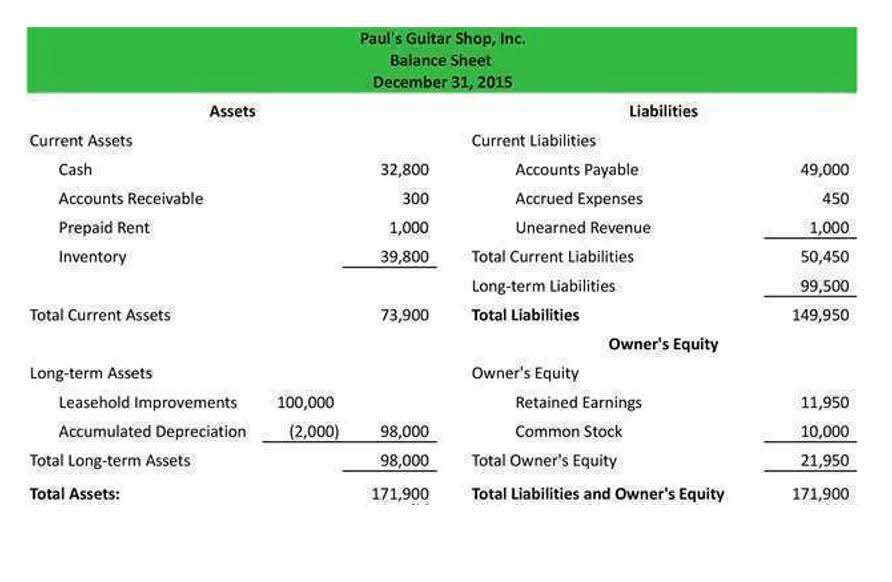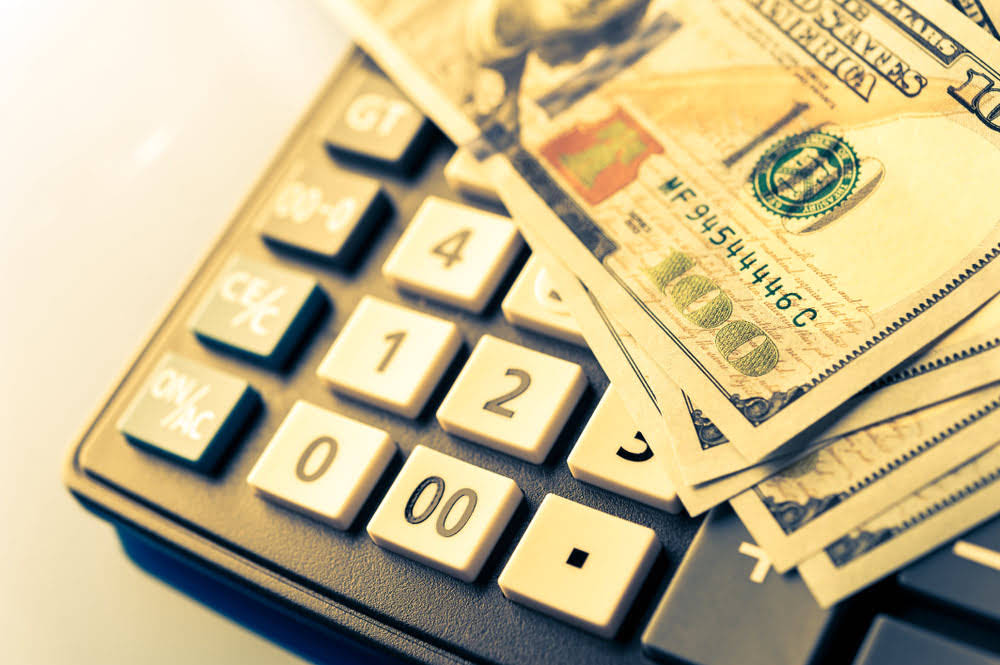Content

In the investing world, the process of evaluating the market value of securities on a daily basis is crucial. Similarly, if the asset value has gone down over time, the company will record “paper losses” when doing the mark to the market. For example, if you do a mark to market real estate, you’ll appraise the value of the real estate property based on its market value as opposed to its purchase value or other evaluations. Marge has decided to take some college business courses to help her with a new business venture. This is a new concept for Marge, so she decides to commit to making it to every class and taking good notes. Marge knows that if she hopes to be successful with her new venture, she is going to need to learn all about mark-to-market.
Problems can arise when the market-based measurement does not accurately reflect the underlying asset’s true value. This can occur when a company is forced to calculate the selling price of its assets or liabilities during unfavorable or volatile times, as during a financial crisis.
Practical Mark-to-Market Accounting Example
Mark to market accounting is also useful for investment firms that manage client accounts made up of publicly traded securities like stocks, bonds, ETFs, and mutual funds. Using historical cost accounting for these types of assets with endlessly fluctuating values would not be useful for anyone involved. At the end of the fiscal year, a company’s balance sheet must reflect the current market value of certain accounts. Other accounts will show historical cost, which is the original purchase price of an asset. The method aims to provide realistic time-to-time appraisals of the current financial situation of a company or institution based on the prevailing market conditions. Mark to market contrasts with historical cost accounting, which maintains an assets value at the original purchase cost. The fair value accounting standard SFAS 157 applies to financial assets of all publicly-traded companies in the U.S. as of Nov. 15, 2007.

The contracts required coverage from credit default swaps insurance when the MBS value reached a certain level. It would have wiped out all the largest banking institutions in the world. As a result, many businesses can go bankrupt, setting off a downward spiral that makes a recession worse. Pay/collect refers to the payment or collection of funds related to futures positions that have been marked to market. Fair value can refer to the agreed price between buyer and seller or the estimated worth of assets and liabilities. For example, homeowner’s insurance will list a replacement cost for the value of your home if there were ever a need to rebuild your home from scratch.
How Did Enron Use Mark-to-Market Accounting?
These calculations don’t have to be done manually if you use accounting software. You should consider whether mark to market accounting you understand how CFDs work and whether you can afford to take the high risk of losing your money.

Typically used in accounting practice, mark-to-market refers to the measure given to asset and liability accounts that are in accordance with current market values. Having the ability to increase or decrease over time, this method looks to give a current, accurate depiction of an individual’s or business’s financial standing. To provide an easy, relatable example, stocks in the S&P 500 are marked-to-market everyday. Values are determined based on investor demand, and fluctuate based on how much the market values a particular piece of equity. Mark-to-market valuations may be more difficult in non-public markets and illiquid assets as much less real-time data exists. Mark to market is an accounting method that values assets based on the current market conditions. Profit and Loss (P&L) is the financial statement that summarizes the revenues and expenses during a specific period.
Example 1: Mark To Market Loss
Mark to market show the current market value of market price of assets and liabilities. The major goal of Mark to market is to give a reliable report on a company’s financial status based on the current price of the assets and liabilities they hold. Investors typically buy and sell securities and expect income from dividends, interest, or capital appreciation. They buy and sell these securities and hold them for personal investment; they’re not conducting a trade or business. Most investors are individuals and hold these securities for a substantial period of time. Sales of these securities result in capital gains and losses that must be reported on Schedule D , Capital Gains and Losses and on Form 8949, Sales and Other Dispositions of Capital Assets as appropriate.
- Full BioPatrice Williams is a writer and the author ofLooking Fly on a Dime.
- Mark to market is vital to help investors or traders meet margin requirement in the market.
- Mark to market is an accounting practice that involves adjusting the value of an asset to reflect its value as determined by current market conditions.
- They then scrambled to increase the number of loans they made to maintain the balance between assets and liabilities.
- In cases of securities that do not have a maturity, these securities will be sold before a long period for which these securities are generally held.
- It’s one of the accounting methods that has been helpful in basic accounting when assets need to be adjusted to match the current market conditions.
- Futures contracts involve two parties, the bullish and the bearish , if a decline in value occurs, the long account will be debited while the short account credited due to the change in value.
In some cases, the fair value of an asset is determined by its market value, which can be assessed just by looking at its listed value on a given market, such as the stock market or futures market. Mark-to-market accounting also refers to a special election that day traders are allowed to select when they file their taxes with the IRS. Normally securities, like stocks, are not factored into a tax filing if the trader has an open position with these securities—that is, they have not sold them by the end of the taxable year. The privilege of electing mark-to-market accounting means these day traders can put down the fair market value of a given security when they file their taxes, whether that results in a capital gain or a capital loss. First, banks raised the values of their mortgage-backed securities as housing costs skyrocketed.
